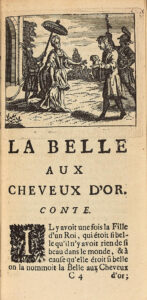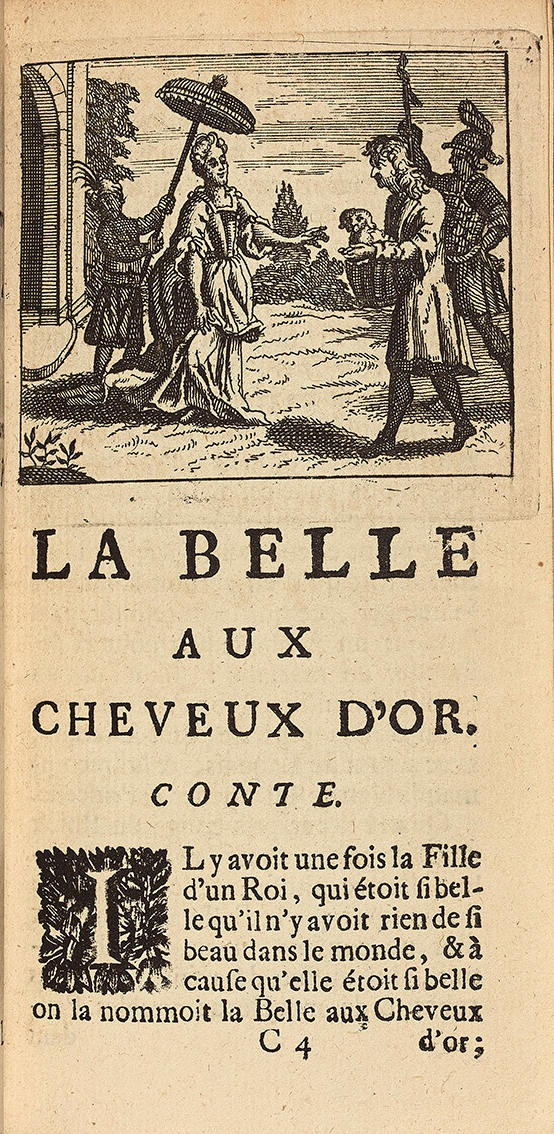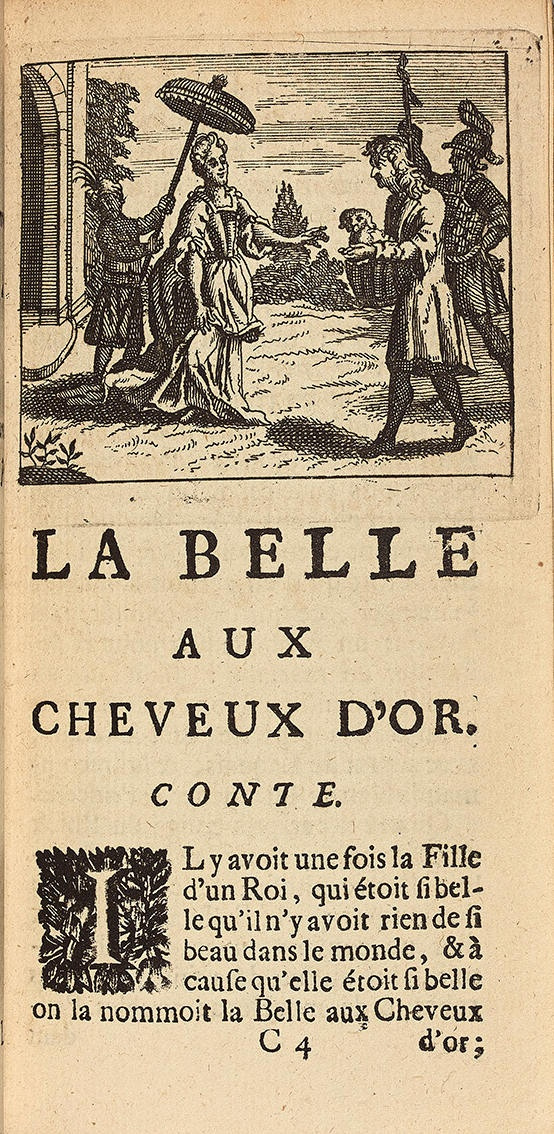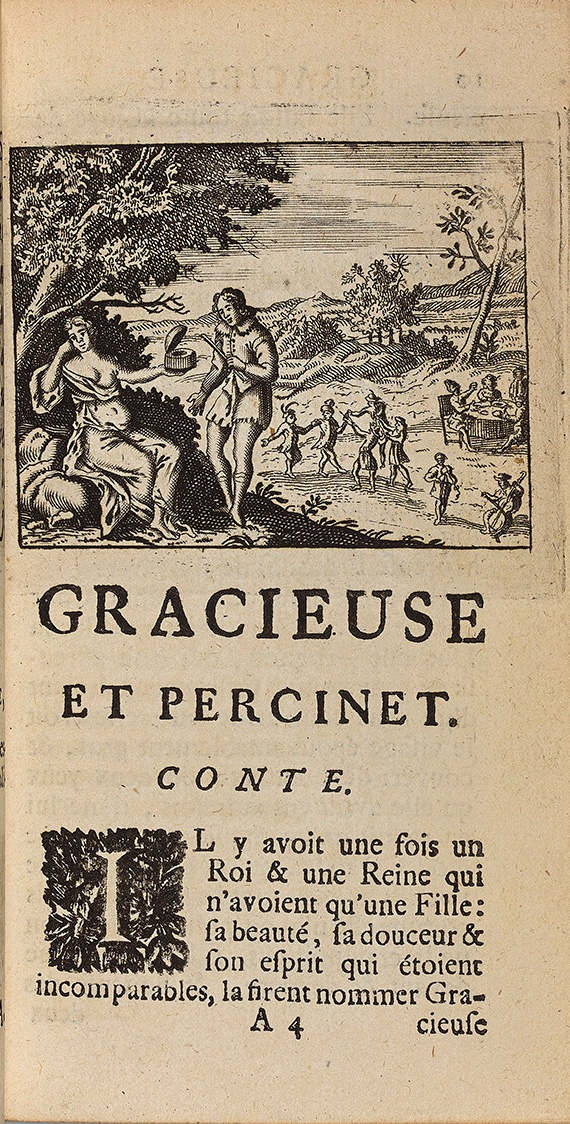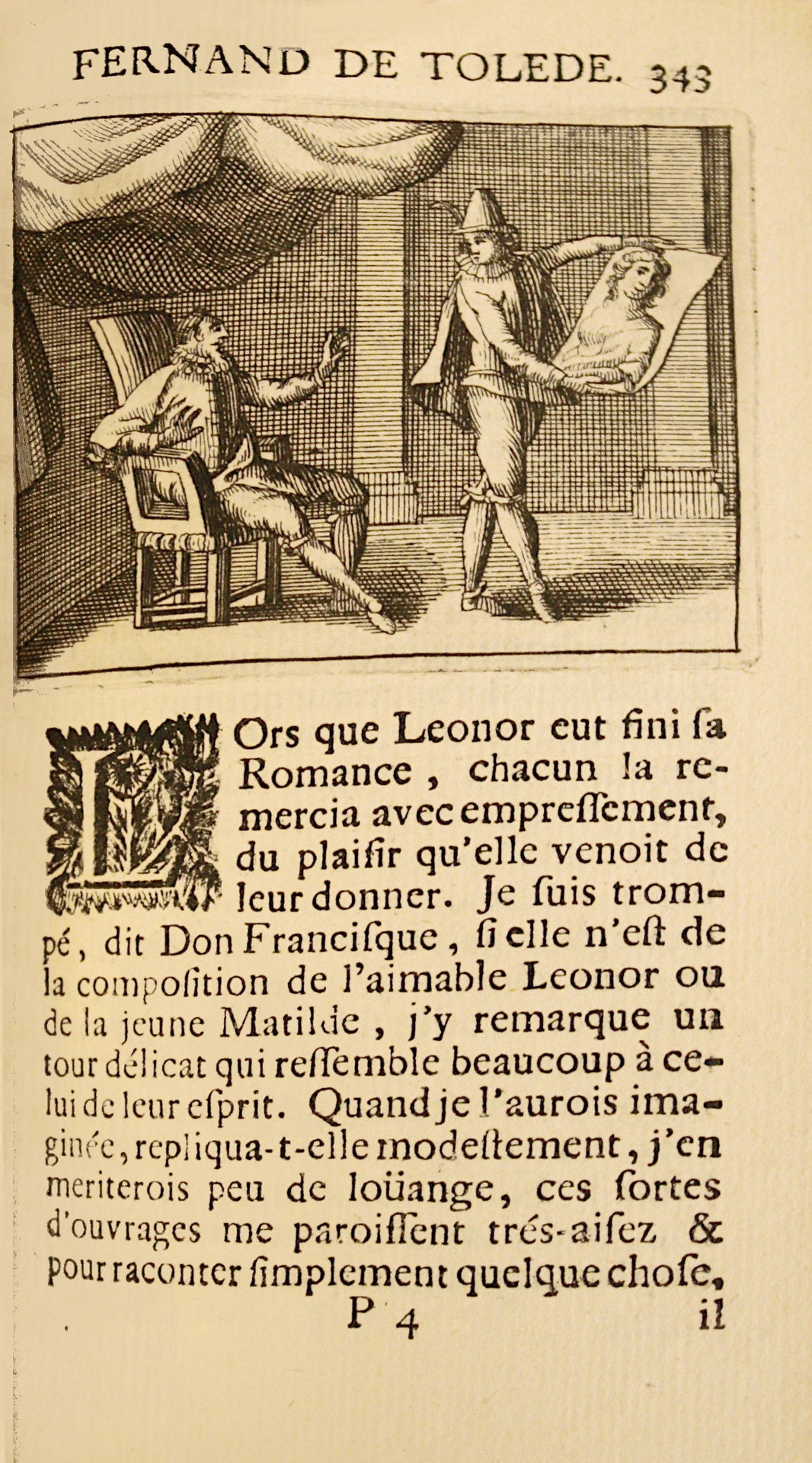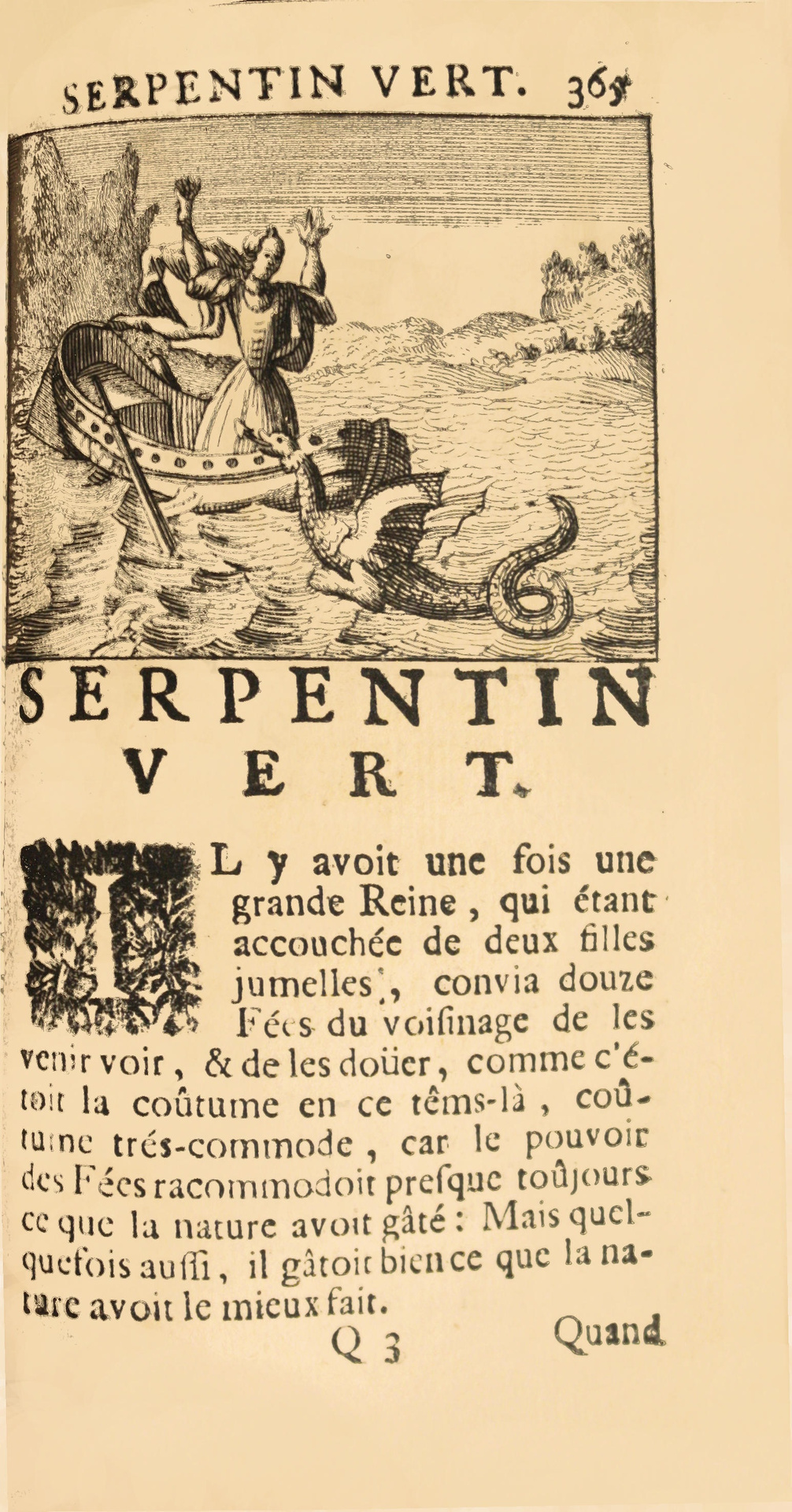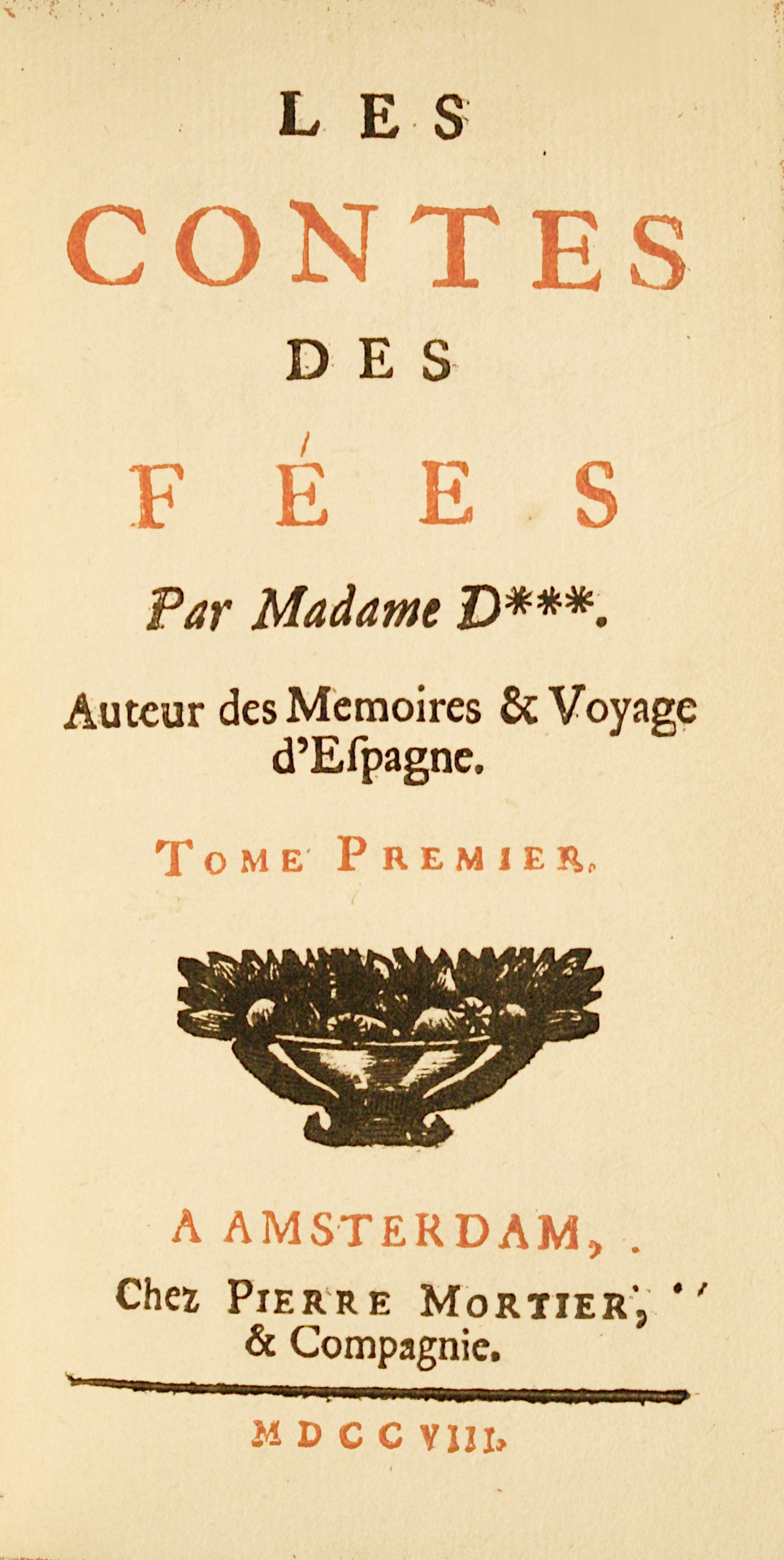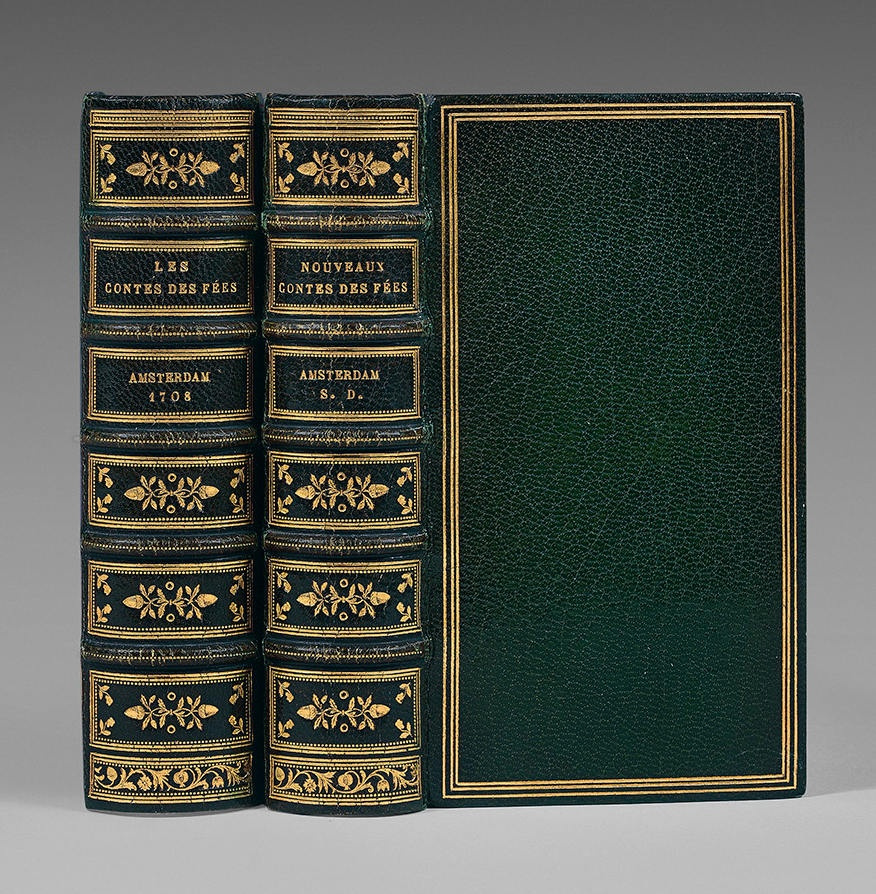12mo of 454 pages numbered 456 and 9 figures.
– Followed by: Madame d’Aulnoy. Nouvêux Contes des Fées par Madame d’Aulnoy.
Amsterdam, s.d. [1708], Pierre Mortier.
12mo of 1 frontispiece, (1) title, 440 pp. and 10 figures.
A total of 2 volumes 12mo [131 x 73 mm], full green morocco, triple gilt fillet around the covers, decorated ribbed spines, inner gilt borders, gilt edges. Binding signed by Thibaron Joly.
First collective edition of the utmost rarity and importance for literature of the Fairy Tales by Madame d’Aulnoy (1651-1705), crêtor of the French fairy tale, the second one, unknown to Brunet who mentions the later edition of 1710 (no complete copy of the first edition published in 1697-1698 is known, thus missing from the B.n.F), presenting 15 fairy tales and 3 stories: Gracieuse et Pércinet ; La Belle aux cheveux d’or ; l’Oisêu bleu ; Le prince Lutin ; La Princesse printanière ; La princesse Rosette ; Le Ramêu d’Or ; L’Oranger et l’Abeille ; La Bonne Petite Souris ; Le Mouton ; Finette cendron ; Don Gabriel Ponce de Léon, nouvelle ; Fortunée ; Babiolle ; Don Fernand de Tolède, nouvelle ; Le Nain Jaune ; Serpentin vert ; suite de Don Fernand de Tolède, nouvelle.
It is illustrated by a frontispiece at the beginning of the second volume and 19 vignettes engraved in intaglio at the beginning of êch tale.
Published in 1690, Madame d’Aulnoy’s novel, Histoire d’Hippolyte, comte de Douglas, contains a story, L’île de la Felicité, considered as the first fairy tale written in French. Three volumes of her Tales were published in 1697, just a few months after those of Charles Perrault, followed in 1698 by a fourth volume published under the title Contes nouvêux ou les Fées à la mode. While Perrault published only eight tales, Mme d’Aulnoy imagined not less than twenty-five, including L’Oisêu bleu, Le Nain Jaune, La Chatte Blanche or Gracieuse et Percinet.
“Madame d’Aulnoy, despite a rather adventurous life, publishes numerous literary works that were very successful. Her production in terms of tales is remarkable for two rêsons: first she was the first to publish a tale, ‘L’Histoire d’Hypolite’ in 1690, and also because her production during this end of century is the most abundant. The Contes de fees are published in 4 volumes in 1697, followed the following yêr by the other four volumes of the Contes nouvêux ou les Fées à la mode. According to Nadine Jasmin, who dedicated a work to Madame d’Aulnoy, this author gave birth to a new innovative formula where two new figures are elaborated: the one of the storyteller and the one of the woman author to which the tale offers a huge free space.
In the last twenty yêrs, critics rediscovered the women who represent the majority of the authors of the tale genre: Mme d’Aulnoy and Mme de Murat were the subjects of theses that originate from French and Anglo-Saxon universities.
The famous original editions of the fairy tales of these two authors are exceedingly rare but the one of Madame d’Aulnoy of which no complete copy is recorded is the rarest of the two.
Precious and fine copy bound in green morocco by Thibaron-Joly coming from the libraries Roger Paultre (Cat. Grands siècles et grandes images, 1993 ; n°13) and Cécile Éluard.
